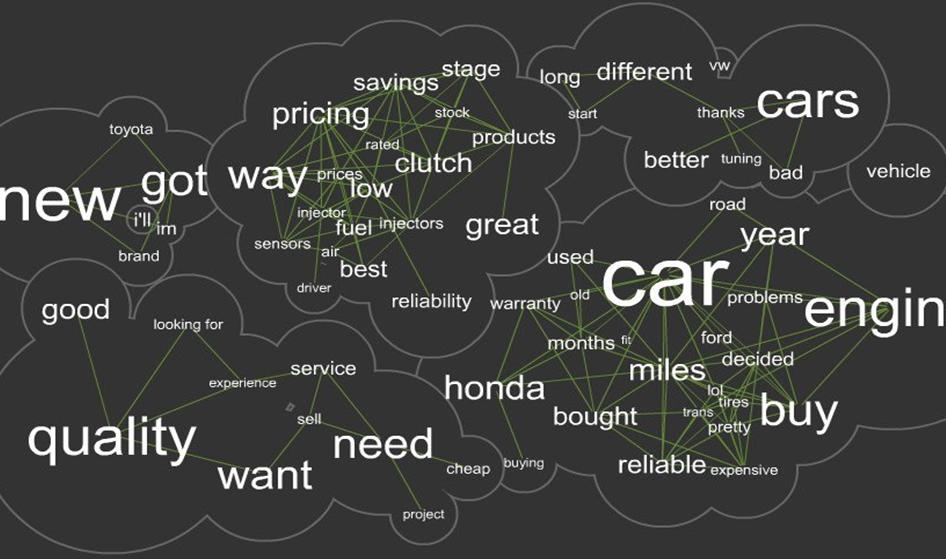Social Media & Swine Flu
I had never heard the phrase “pandemic flu” before my arrival at Ogilvy 18 months ago. Having never worked in public health or (thankfully) lived through a scare, it wasn’t anything that crossed my consciousness. Upon coming here, however, and learning about the great work this team did with the US Department of Health and Human Services Pandemic Flu Leadership blog, I started to learn about the role that personal preparedness will play in preventing a Pandemic and the power of social media in spreading that message. It was also an example of the potent combination of a credible author (then Secretary of HHS Michael Leavitt) with a controversial topic and a social media platform for discussion.
In the last 48 hours, there have been some mainstream media articles pointing fingers at Twitter, where #swineflu has been the #1 or #1 trend for the last 3 days, as the culprit of spreading hysteria and bad information. While I’m not particularly interested in long tail analysis on swine flu OR in taking medical advice from my Tweeps, social media can be a quick and powerful way to amplify some very credible sources of health information. Looking at Twitter as a detriment is pointless when it can have power to spread correct information. The CDC has embraced the tool and the 3 month old @cdcemergency handle is up to almost 40k followers who want to get their health information from the horse’s mouth, but on a platform that they already embrace.
Ogilvy in Asia has additionally put together a very helpful aggregation of up-to-the-minute credible sources of health information on the Swine Flu. If you are wondering about something you have seen on facebook, the news, heard from a friend, etc, this is a great resource to check that information against the CDC and WHO.
Another source for interesting analysis from the science side can be found over at ScienceBlogs.com which has put together a great collection of perspectives on the issue from a peer-reviewed, science-based, hysteria-free perspective. And with that, I’m off to wash my hands for the 5th time today.



